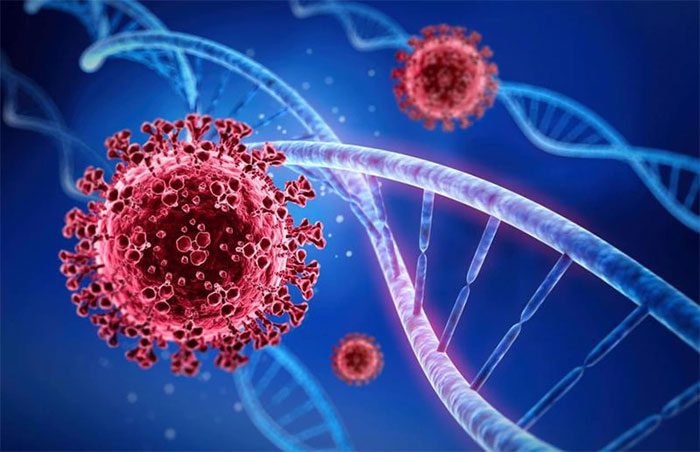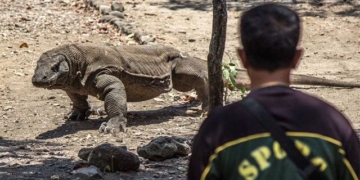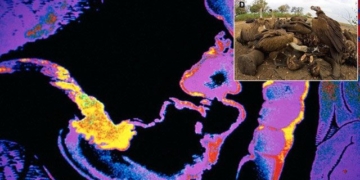Health experts agree that the SARS-CoV-2 virus, which causes Covid-19, primarily spreads through the air.
However, there have been concerns, especially during the early stages of the pandemic, about the risk of the virus spreading when people touch surfaces contaminated with the virus. Researchers continue to investigate this area to gain a better understanding of how the virus spreads and survives in the environment. In two recent studies, the research team discovered that the Omicron variant lasts longer on surfaces and human skin compared to other variants.

The Omicron variant lasts longer on surfaces and human skin compared to other variants. (Photo: WHO).
The two studies tested the Omicron variant and earlier variants on commonly encountered surfaces in daily life. In the first study, scientists tested samples of human skin as well as other surfaces like plastic. The duration of the virus’s survival was measured until it could no longer be detected on the surfaces. On plastic surfaces, the original strain of SARS-CoV-2 discovered in Wuhan (China) lasted for 56 hours. The subsequent variants, including Alpha, Beta, Gamma, and Delta, lasted approximately 191, 157, 59, and 114 hours respectively, while the Omicron variant lasted 193.5 hours. On human skin, the original strain lasted 8.6 hours, while the variants lasted between 11 to 19.6 hours, with Omicron lasting 21.1 hours.
In the second study, the authors compared the survival time of the original strain of SARS-CoV-2 and the Omicron variant on smooth surfaces versus porous surfaces, such as stainless steel, polypropylene (PP) sheets, glass, paper towels, and printer paper. This study did not test other variants like Delta. The results showed that, overall, Omicron lasted longer than the original strain on all these surfaces. After 2 days, most of the original strain of SARS-CoV-2 disappeared from stainless steel and PP sheets. After 4 days, the virus was only detectable on glass surfaces. In contrast, researchers still found the Omicron variant on these surfaces after 7 days.
For porous surfaces, the original strain could not survive on paper towels after 30 minutes. The amount of virus detected on printer paper decreased by 99.68% after 5 minutes and disappeared after 15 minutes. However, the Omicron variant was still detectable on paper towels and printer paper after 30 minutes.
These research findings align with previous studies. A study published in the journal Nature in January 2021 found that the SARS-CoV-2 virus could survive for 21 days on plastic surfaces, 14 days on stainless steel, 7 days on nitrile gloves, and 4 days on chemical-resistant gloves, albeit in much lower quantities. Over 95% of the virus disappeared from stainless steel surfaces after 24 hours, and the virus was completely gone after 24 hours on cotton fabric.
These studies help us better understand the survival of the SARS-CoV-2 virus and its new variants in the environment and on surfaces, thus aiding in efforts to limit the spread of the virus. Both studies have not yet undergone peer review before being published in scientific journals.



















































